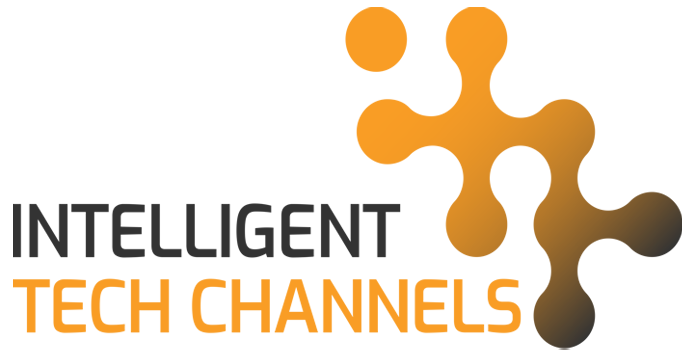Muggie van Staden, CEO, Obsidian Systems, discusses the influence of open-source technology as businesses prioritise adapting to the technological environment.
The demands placed on businesses to automate and streamline ICT infrastructure management has placed open-source technology under the microscope and highlighted a range of benefits.
A leading open-source technology solutions provider, Obsidian Systems, said that independent market research, like that introduced by the Linux Foundation and Sonatype, supports the industry’s assertion of growth.
Industry experts are adamant that the open-source market will experience triple-digit growth, driven by key trends including containerisation of applications and cybersecurity.
Obsidian said the Foundation has sought to identify the most utilised open-source applications deployed across commercial and enterprise applications. This research has helped to identify trends that together represent the driving force behind open-source technology infrastructure adoption.
Trends and progress
Muggie van Staden, CEO, Obsidian Systems, said: “We are witnessing several of the following trends from within our interactions with clients… these trends mirror the need for databases, machine learning, containerisation of applications and, of course, the foundation of managing and maintaining the infrastructure that supports these.

“Security is the priority for all organisations to ensure that the governance structures are in place – more so as we move to a distributed workforce and services.”
The approach to open-source infrastructure and service in South Africa is all about approach, especially given the fact that in this data-driven digital economy, businesses must adapt and must become agile through infrastructure. According to van Staden, new demands on businesses call for a different approach and the question ‘do we select an open-source product or a proprietary product?’ is no longer valid.
“The question is almost moot,” van Staden said. “It’s about understanding the abstracted view of the Software-as-a-Service (SaaS) explosion that is underpinned by the open-source technology projects, as the census from the Linux Foundation has established. There is a blurring of lines when it comes to consuming services and solutions that contain open-source code.”
However, gaining this understanding is a process, van Staden said, and it is just as important to realise that there are significant benefits attached to open-source technology. These benefits become even more advantageous as businesses become more reliant upon their code.
The room to move and the freedom to innovate without being stifled or restricted is a top consideration. “It is essentially whether or not open-source communities are still functioning freely and openly to allow for contribution… it is crucial that this community is able to innovate and share without being regulated.”
Open-source as a solution
Another point from van Staden is that there really is no such thing as a ‘silver bullet’ – not even in the world of open-source. There are perceived pain points associated with open-source, but his view is that – like beauty – these pain points are in the eye of the beholder.
“Regardless of what open-source or proprietary software is in place, it will have the same pain points. The more important and relevant question is rather whatever the pain point or perceived pain point, ‘does your IT solution meet the needs of your business, on time, within budget and does it solve a problem?’. If you can answer these questions confidently, then you are on to something,” said van Staden.
While Obsidian Systems strongly endorses open-source technology infrastructure and consideration for businesses, decision-makers must ensure due diligence – that is non-negotiable and the case with any technology adoption and integration.
“There are instances where open-source is not suitable. For instance, it is not suitable if you have not done due diligence when reviewing security risks if there is no support, and if you don’t have an option to leave or migrate from the platform.
“Looking ahead – and it’s impossible for us to predict with absolute certainty – but we stand by the likelihood that the smarter the technology gets, the smarter your business becomes and the higher the risk factor will be. Security, governance and transparency of vulnerabilities will be the key to your technology stack.”
Click below to share this article

